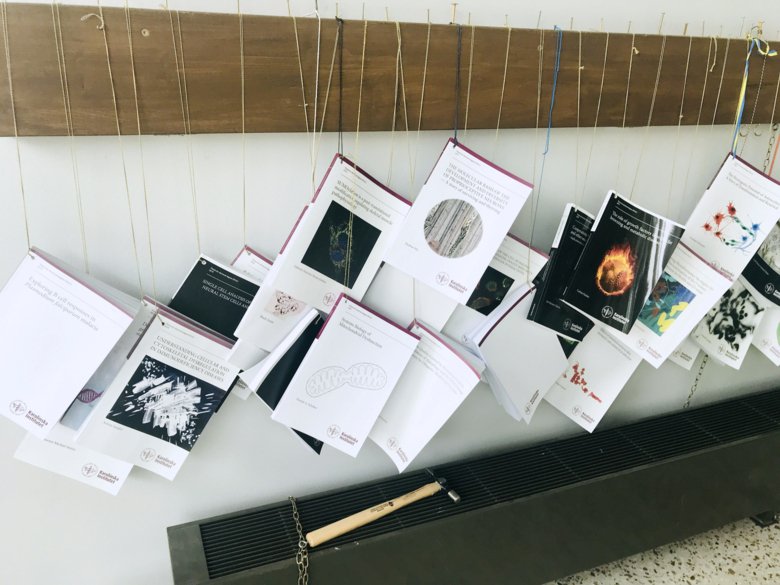Doctoral theses a source of news
Each year, approximately 350 doctoral theses are published at Karolinska Institutet. The topics cover the entire field of life sciences and can be of great general interest. At the same time, few doctoral theses reach the media and a wider audience.
A tip for journalists on the hunt for news is to search the database of doctoral theses provided by the Karolinska Institutet University Library. The doctoral theses are listed by date in the order they are uploaded. It is also possible to search the KI calendar for dissertations to get tips on recent theses – and then find the thesis in the database. See also the calendar list at the bottom of the page.
Published openly
A doctoral thesis is the final written product of a postgraduate education, which in Sweden corresponds to four years of full-time studies. It varies between different disciplines how a doctoral thesis is structured. In the field of medicine, the doctoral student usually collects three to five scientific articles and presents them together with a thesis summary or overview, a so-called ‘kappa’ (literally meaning overcoat in Swedish), in which the findings are put into scientific context. The language of doctoral theses from Karolinska Institutet is English.
The ‘kappa’ of all doctoral theses is published openly in a digital archive no later than three weeks before it is time for the public defence, which is the occasion when the doctoral student presents and defends his or her research results before an examination committee with established researchers in the field. Links to many of the original scientific papers are published together with the thesis 'kappa' in the database (see the fact box below).

'Nailing' the thesis
This stage of publishing a doctoral thesis before the public defence is called 'nailing' (‘spika’ in Swedish) the thesis. It is often celebrated literally by the doctoral student nailing a paper version of the thesis to a wall in a public place on one of our campuses.
The public defence is also open to anyone who is interested. Time and place are announced at the same time as the thesis (i.e. 'kappa' and links) is published online. It is possible for journalists to both read and ask questions about the research.
After the doctoral student has passed the public defence, he or she receives a doctoral degree (also called a PhD), which is the highest possible educational degree in Sweden. Karolinska Institutet has approximately 2,000 active doctoral students, of whom many pursue a career as researchers in academia or in the private sector.
Some tips
- All doctoral students are recommended to include a lay summary in Swedish or English in their thesis.
- You can find an email address for the doctoral student on ki.se, sometimes also a phone number. If you can't get hold of the doctoral student, you can try contact the main supervisor. You will find the name of the supervisor in the thesis or in the dissertation calendar entry. Then search on ki.se or contact the KI Press Office.
- Sometimes some of the articles in a doctoral thesis are still pending publication in a scientific journal. These articles can only be found in the printed paper version of the thesis. In this context, it is important to remember that the articles marked 'manuscript' or 'submitted' have not yet undergone peer review.
- A majority of the already published scientific papers that are part of KI's doctoral theses are accessable on the journals' websites through so-called open access. In some cases, however, published articles will be locked to non-subscribers. If this is the case, contact the KI Press Office and we will help you.
Contact
The KI Press Office on +46(0)8-524 860 77 or pressinfo@ki.se.
Our opening hours are 09.00-17.00 on weekdays. On holidays such as Christmas, Easter, and Midsummer we are closed.
